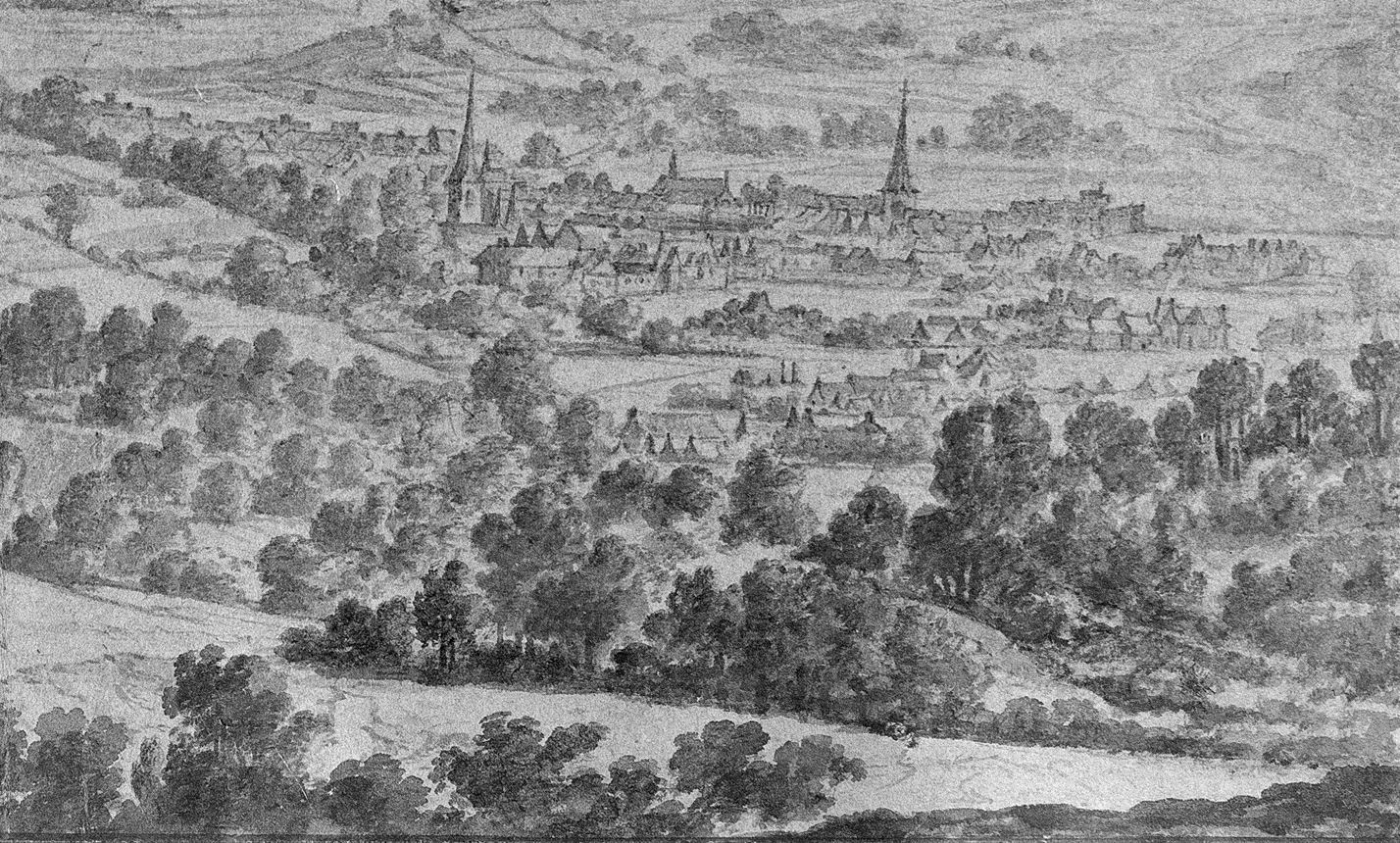Back then, I wrote:
‘A person searches for his identity. He encounters all kinds of difficulties and finally comes up against the fact that as a person from East Belgium he is dependent on the Flemings, the Walloons, or both’.
The current situation is still the most advantageous he has known in his history because the whole concept of identity sits badly with the past. Before us stands a human being who is not historically limited, who lives both now and in the future, who is neither male nor female, who has no destination and is a member of no party. The only identifying mark is the Belgian flag, which he carries as a somewhat superfluous ornament.
Since he mostly came from peasant parents, his head is represented by a milk strainer. We thus have ambiguity, for on the one hand the sieve stands symbolically for the person who does not work with his head, who lets everything slip through, and who does not grasp any connections; on the other hand, this sieve stands there for a new awakening, a new consciousness that arises in the head of the East Belgian, which is controlled by thoughts and actions. Even if the head becomes clairvoyant, it is of no use as long as mobility and identity are lacking.
Everything turns in the stomach area, because no oxygen-enriched blood can be expected from the left Walloon and the right Flemish lung. That is why the copy of the above-mentioned filter cannot enforce anything; on the contrary, the problem filter becomes the filter problem. Nor does the identity card offer us a lifeline because in the final analysis our identity moves along a narrow cultural path, even the legs go where the colours of the Belgian flag discipline the East Belgian. Yet, glamour comes from golden framing of it all.’
I am left with one question about this gift: what might an ‘East Belgium filter’ look like today?
Francis Feidler
Nidrum

